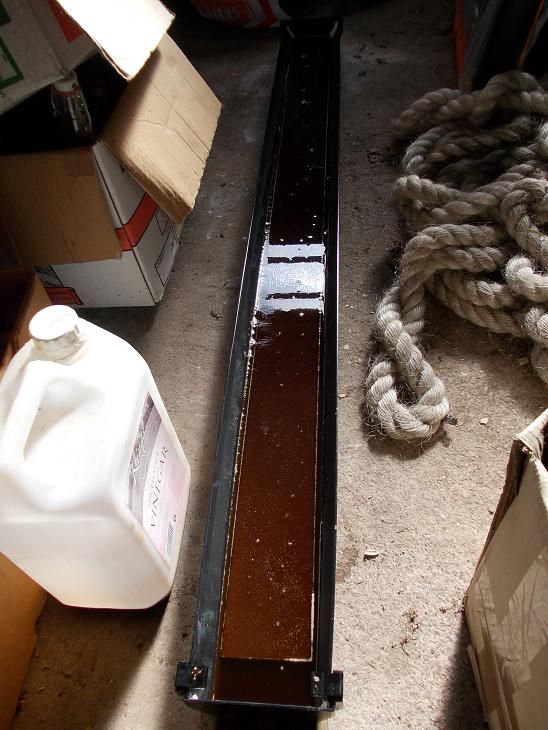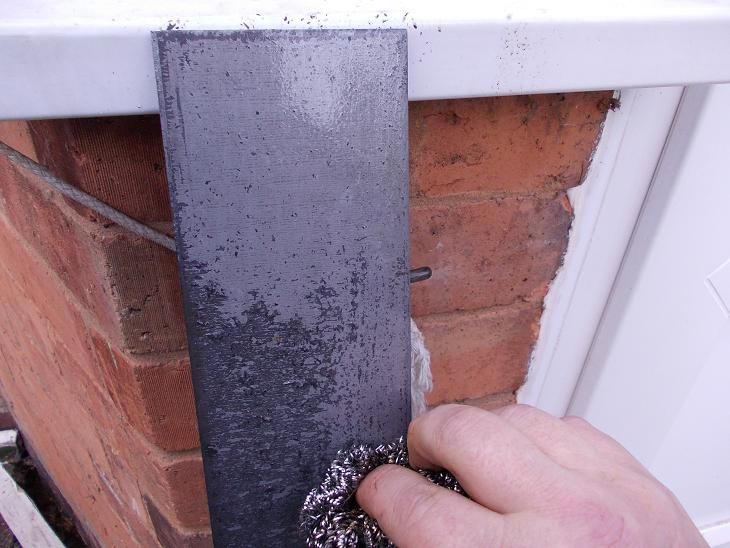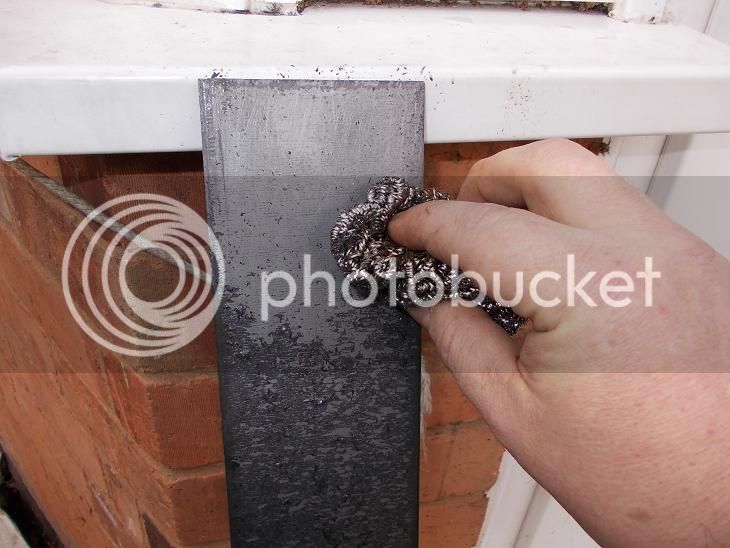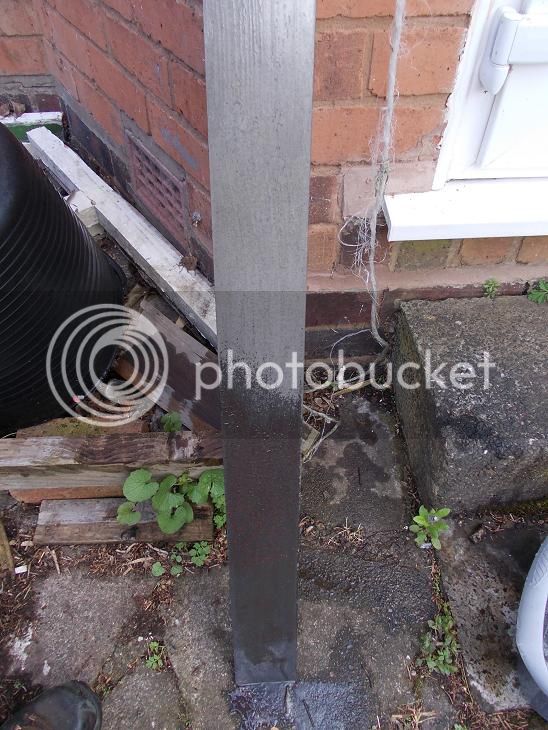Richard T
Established Member
Having spent a couple of years wrestling with grinding and filing black steel plate, I finally had another go at Googling an easier solution.
I got the usual industrial answers involving a specific type of hydrochloric acid and the counter active alkaline spraying that appears to be essential to the coating/painting industry.
But on one forum from more than ten years ago, an odd, ignored post from a small time Americorn blacksmith said that a saturated solution of salt in vinegar was enough if the steel was left in it for 36 - 48 hours. I didn't believe it. This stuff is really difficult to shift; it coats angle grinder disks in minutes and just gets smeared around thereafter, blunts files, drills, etc. .... but I gave it a go.
I put a small offcut in said solution in a plastic food box and waited. After 24 hours, no change; hard as ever. After 48 hours the scale just fell off. :shock: I used a scourer under the cold tap but the scourer was hardly needed. The metal was unscathed. Bright and shiny.
Since, I have bought some square section plastic guttering with end pieces, cut a 4' 2" length and sealed it up with bathroom filler (seems to work so far) so I can put a whole 4' length in at a time. Works a treat. Now I have a second length in the same solution to see if it can be reused.
It's great - it can just sit in the garage doing its stuff while I can get on with other things. Things less noisy and less hard on the wrists.
I got the usual industrial answers involving a specific type of hydrochloric acid and the counter active alkaline spraying that appears to be essential to the coating/painting industry.
But on one forum from more than ten years ago, an odd, ignored post from a small time Americorn blacksmith said that a saturated solution of salt in vinegar was enough if the steel was left in it for 36 - 48 hours. I didn't believe it. This stuff is really difficult to shift; it coats angle grinder disks in minutes and just gets smeared around thereafter, blunts files, drills, etc. .... but I gave it a go.
I put a small offcut in said solution in a plastic food box and waited. After 24 hours, no change; hard as ever. After 48 hours the scale just fell off. :shock: I used a scourer under the cold tap but the scourer was hardly needed. The metal was unscathed. Bright and shiny.
Since, I have bought some square section plastic guttering with end pieces, cut a 4' 2" length and sealed it up with bathroom filler (seems to work so far) so I can put a whole 4' length in at a time. Works a treat. Now I have a second length in the same solution to see if it can be reused.
It's great - it can just sit in the garage doing its stuff while I can get on with other things. Things less noisy and less hard on the wrists.




































